Makerspaces: Engaging Students Through Creativity and Coding
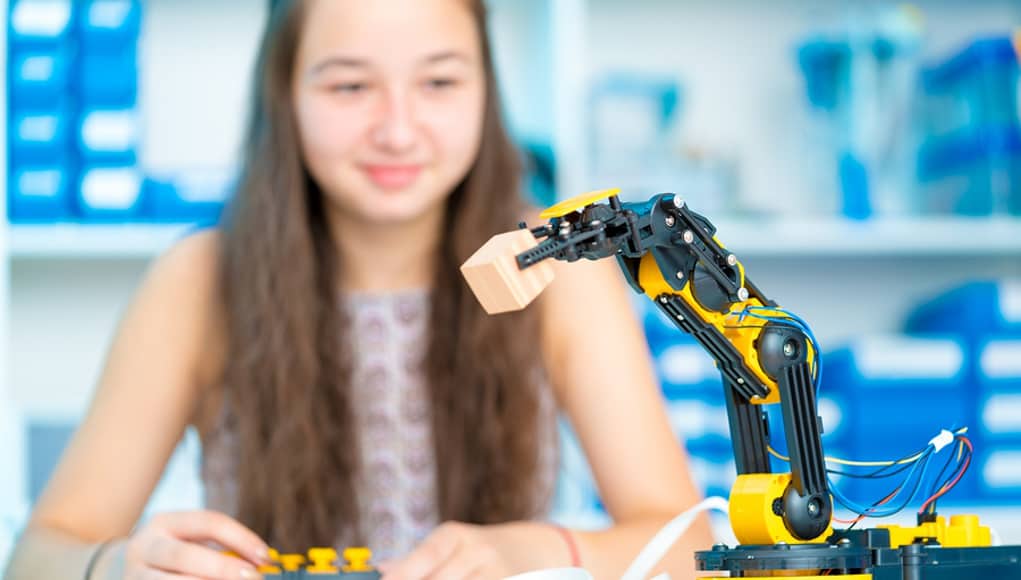
By Nick Provenzano
Over the years, I’ve had the chance to see the freedom that the creative process allows. Boosting student confidence through creative opportunities has become my secret weapon in encouraging student engagement and skill building. As a makerspace director and advocate for the maker movement, I’m passionate about the range of opportunity that a creative space gives students.
An effective makerspace is more than fancy gadgets and a focus on STEM. In fact, I believe there’s no specific formula to follow when implementing one. One of the goals of any makerspace should be to instill the maker mindset in students through a series of creative experiences while simultaneously building 21st-century skills.
Create Opportunities for Success
Perhaps the most important step in a makerspace implementation is ensuring that students are given opportunities to be successful. This is as simple as starting the conversation with students on what they want to make. From there, it will be easier to create lesson plans and projects that are based on student’ goals and interests. This should be the driving force behind every decision you make moving forward.
- Microcredentialing. I’ve implemented a badging program for my middle school students that has seen early success. I set out with the goal to create badges that students can earn for demonstrating various skills in different areas. To start the process, consider what students are interested in, and what basic skills could be the framework for the program.
- Coding. Many students who enter my makerspace are interested in playing around with coding programs and building their skills. Luckily, there are a variety of tools available that are fun and offer easy-to-grasp concepts. Kano kits have been a foundation in my makerspace program. This tool allows young learners to make a computer, learn to code, and use a variety of apps on the completed system. Raspberry Pi is another incredibly useful resource, giving students the chance to learn programming skills and implement the computer to power other projects, such as the GoPiGo3 robot. Makey Makey lets students use everyday items as an introduction to programming. This is just a handful of what is available, I’d suggest conducting research to find the tools that will align best with your classroom goals.
- Alternative methods. As I mentioned, a successful makerspace doesn’t have to be all about tech. Materials as simple as cardboard can be used to spark student creativity. Legos can inspire design building in younger grades. Think outside of the box when considering what resources you’ll provide to students. Combine common objects with coding tech and show students how concepts connect.
- #LetStudentsMake. This is a movement I’d like to spread among fellow teachers and makerspace enthusiasts. Give students the chance to express their understanding through creative flexibility. Share student projects. Offer encouragement and empathy. All of these factors are what will draw students in and keep them engaged.
Trial and Error
Something I’ve reflected on lately is what failure looks like. If a lesson does not go exactly as planned, but students still learn something and are engaged, is the lesson a failure? These are the things to keep in mind as your students start making. Setting the standard that there are going to be times in this space where things don’t go as planned. Failure can happen, but that is okay! We want to give students the chance to explore and take risks without fear of negative consequences. Trial and error is common across STEAM, so we must be adamant in teaching students that great learning can come out of failure.
One of the greatest benefits of a makerspace is seeing student-driven learning at work. Finding that happy medium of teachers being guides and students being hands-on is where lifelong skills are built.
For more, see:
- Making in a Middle School
- Take a Tour of Our School’s Makerspace
- Top 10 Things You Didn’t Know Your Makerspace Needs
Nick Provenzano (The Nerdy Teacher), is a computer science teacher and maker space expert. Connect with him on Twitter: @thenerdyteacher
Stay in-the-know with all things EdTech and innovations in learning by signing up to receive our weekly newsletter, Smart Update.

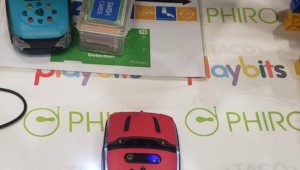
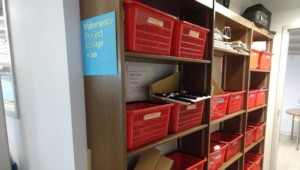
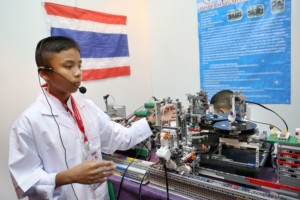
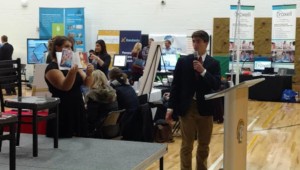
0 Comments
Leave a Comment
Your email address will not be published. All fields are required.